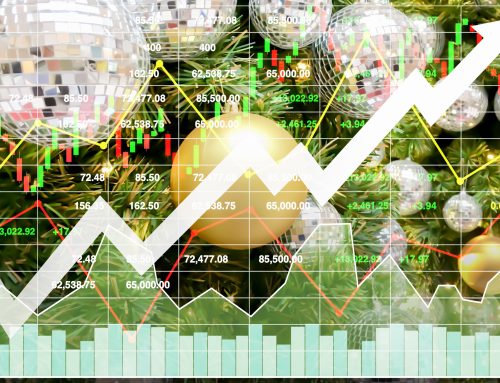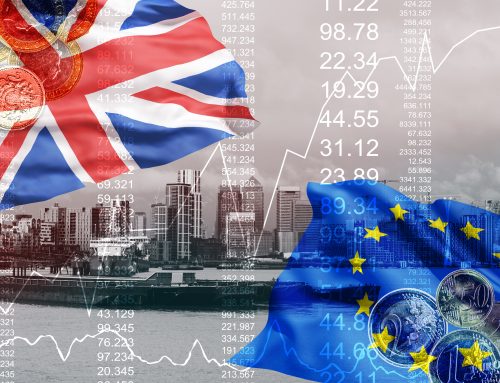For years, U.S. stocks have been a primary driver of global equity market gains, posting far stronger results than the rest of the world. That may be about to change.
A number of market participants are urging investors to look abroad for their stock exposure, expecting overseas markets to post stronger returns than the U.S., a region they see with limited upside given stretched valuations and tepid economic growth.
Such a change in regional dominance would represent a fundamental shift from the past decade. Since the end of April 2007, the Vanguard Total Stock Market ETF VTI, -0.11% has surged 67.3%; the Vanguard FTSE All-World ex-US ETF VEU, +0.10% is down 9.7% over that same period.
“This secular cycle of U.S. outperformance is coming to an end,” wrote Vincent Deluard, vice president of global macro strategy at the broker-dealer division of INTL FCStone Financial Inc.
“First, valuations price in an absurd growth differential in favor of U.S. assets. Second, a wave of economic data signals that U.S. growth has been overestimated, while Europe and emerging markets are surprising to the upside. Third, historical precedents suggest that U.S. assets fare very poorly in periods of reflation, bitter partisanship and large deficits.”
Deluard added that the U.S. would need to outgrow Germany by 1.9% annually to justify the current gap in valuation.
In the first quarter, U.S. gross domestic product expanded at an anemic 0.7% annual pace, the weakest growth in three years. Some of that was attributed to seasonal and temporary issues; the International Monetary Fund expects the U.S. to grow 2.3% for the year. Such a growth rate would lag behind the rest of the globe, which is seen expanding at a 3.5% pace this year.
Concerns about growth come at a time when U.S. stock prices are seen as elevated. By one metric, they are at their priciest since 2004. The components of the Vanguard Total Stock Market ETF, which looks at the entirety of the U.S. stock market, have an average price-to-sales ratio of 30.44, among the highest of any region.
To compare to other areas, the components of the ex-U.S. fund have a P/E ratio of 26.66, while the ratio is 22.16 for the Vanguard FTSE Emerging Markets ETF VWO, +1.61% For the Vanguard FTSE Europe ETF VGK, -0.04% which measures all of Europe, the P/E is 28.32.
Other metrics of valuation also appear elevated in the U.S. relative to other markets, and investors have noticed.
“The valuation of emerging markets is half the valuation of the S&P 500 when you look at things like price to sales, price to book,” said Jeff Gundlach, founder of DoubleLine Capital, in an interview with CNBC following his presentation at the Sohn Investment Conference on Monday.
Gundlach recommended a pair trade, shorting an S&P 500-tracking exchange-traded fund SPY, -0.15% while simultaneously buying the iShares MSCI Emerging Markets ETF EEM, +1.47% and leveraging the trade one time.
The iShares emerging market ETF has seen inflows of $780.8 million thus far this year, while nearly $4 billion has moved into Vanguard’s EM fund. Investors have poured $1.52 billion into Vanguard’s ex-U.S. fund, while the Total Stock Market ETF has had inflows of $3.6 billion.
Thus far this year, the Total Stock Market ETF is up 6.8%, slightly under the 7.2% rise of the S&P 500 SPX, -0.11% The ex-U.S. fund is up 12.1% on the year.
The Vanguard Emerging Market fund is up nearly 13% thus far in 2017, while the iShares equivalent has surged more than 16%.
The Europe ETF has gained 14.4%, shrugging off such potential headwinds as the recent election in France.
The recent gains could augur for more upside ahead, as “After nearly 17 years, the STOXX Europe 50 Index finally broke above a very significant trendline, signaling a potential major change in trend for European equities,” wrote Ryan Detrick, senior market strategist at LPL Financial. “It is early, and we want to see this breakout hold, but this is another indication better times could finally be coming for Europe.”














